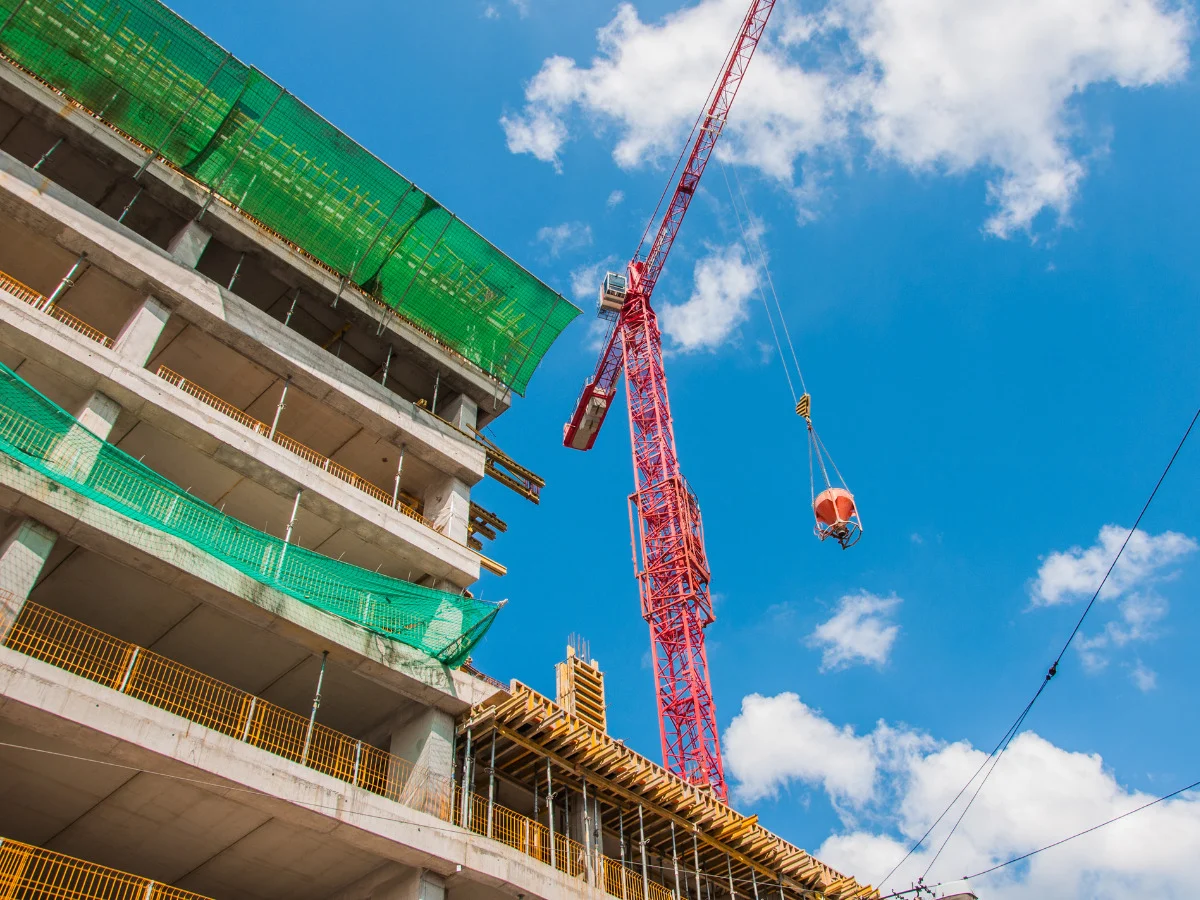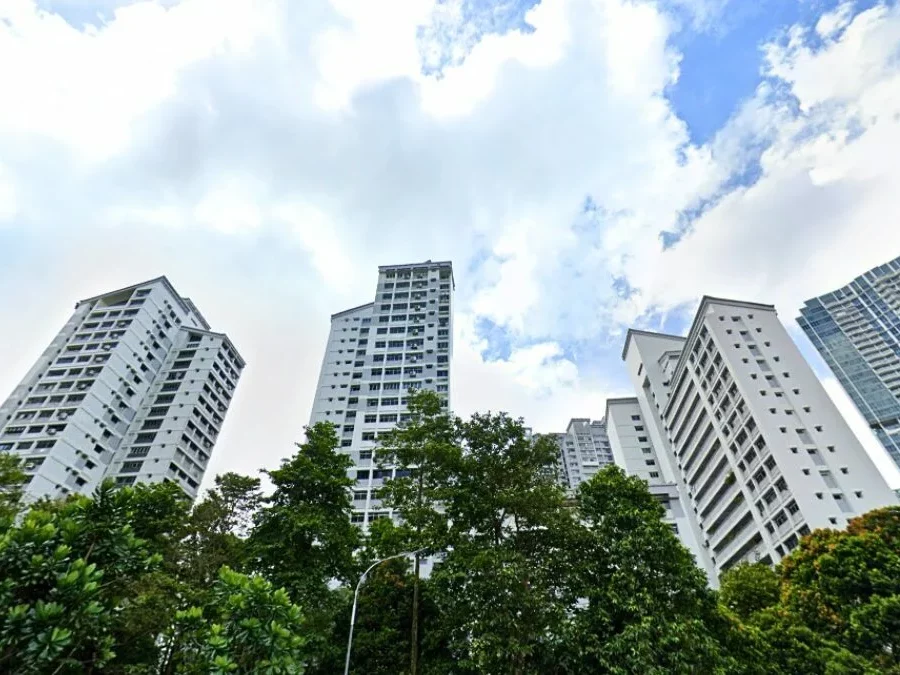Singapore’s government is considering adjustments to two significant public housing policies: the income ceiling for Build-to-Order (BTO) flats and the minimum eligibility age for singles to apply for these flats. While the changes could broaden access to public housing, National Development Minister Chee Hong Tat emphasised that they will only be implemented when housing supply is sufficient to meet potential increases in demand.
The review is part of ongoing efforts to ensure that public housing remains accessible and affordable amid changing demographics, evolving lifestyle preferences, and strong demand for new homes.
Table of contents
- Quick update: Current rules vs. potential changes
- Why income ceilings and age eligibility matter
- Major ramp-up in BTO flat supply
- Addressing the resale market
- Balancing demand, supply, and policy change
Quick update: Current rules vs. potential changes
| Policy area | Current rule | Potential change |
|---|---|---|
| BTO income ceiling | Families/married couples: S$14,000 monthly income cap. | Possible increase in ceiling to allow higher-earning households to apply. |
| Singles’ eligibility | Must be at least 35 years old to buy a BTO or resale flat on their own. | Possible reduction in age threshold so singles can buy earlier. |
Why income ceilings and age eligibility matter
Currently, families and married couples applying for a BTO flat must have a combined monthly income of S$14,000 or less, while the threshold is S$7,000 for singles applying for a two-room Flexi flat. Singles must also be at least 35 years old to apply for a BTO or resale flat on their own.
These rules have been in place for years, but shifting social patterns, such as more Singaporeans delaying marriage or choosing to remain single, have led to growing calls for change. Lowering the age threshold for singles or raising the income ceilings could make public housing accessible to more people who are currently excluded.
However, such changes are not without implications. Expanding eligibility could significantly increase the number of applicants, putting pressure on the limited supply if construction does not keep pace. This is why, according to the minister, adjustments will be timed carefully and supported by a robust pipeline of new homes.
Major ramp-up in BTO flat supply

To prepare for these possible policy shifts and to address existing demand, the Housing and Development Board (HDB) is ramping up its building programme. The government has already exceeded its 2021–2025 commitment to launch 100,000 BTO flats, with 102,300 units rolled out over that period.
From 2025 to 2027, about 55,000 BTO flats will be launched, 10% more than the initial target of 50,000. These new homes will be spread across upcoming estates such as Mount Pleasant, Woodlands North Coast, Sembawang North, and the former Keppel Club site, all of which are expected to draw strong interest due to their location and future amenities.
Read more: Mount Pleasant BTO: What to expect from the October 2025 launch
The government is also focusing on reducing waiting times for buyers. In 2025, around 4,500 flats with waiting times of less than three years will be launched, compared with 2,800 in 2024.
This is higher than the earlier target of 3,800 units and reflects a growing push to deliver homes faster. Over the next two years, about 4,000 such shorter-wait flats will be launched annually, a significant increase from the previous target of 2,000–3,000 per year.
Private housing supply to stay steady
Beyond public housing, the government also wants to ensure a stable flow of private residential units. From 2025 to 2027, more than 25,000 private homes will be introduced through the Government Land Sales (GLS) programme.
Read more: 4,725 new private homes (including ECs) set to launch under the 2H2025 GLS Confirmed List
Combined with the 45,000 units already under development, Singapore’s housing stock will see over 70,000 new private homes completed by around 2030. This steady supply is intended to prevent sharp price spikes and to give homebuyers more options across both public and private segments.
Addressing the resale market

The resale market has been a source of concern in recent years. Since late 2021, the government has introduced four rounds of cooling measures to moderate prices. The most recent, announced during the National Day Rally 2024, reduced the maximum Loan-to-Value (LTV) for HDB buyers, targeting the higher-priced resale segment.
According to the minister, these measures appear to be having some effect. HDB’s resale price index recently recorded its lowest quarter-on-quarter increase in five years, suggesting that price growth is beginning to slow.
Looking ahead, more price stabilisation is expected as a larger number of flats hit their Minimum Occupation Period (MOP) and become available for resale. The annual number of MOP completions will grow from 8,000 in 2025 to 13,500 in 2026, 15,000 in 2027, and nearly 20,000 by 2028. This expanded supply should help ease upward pressure on resale prices.
Read more: HDB BTO MOP 2025 & 2026 – Best picks within a 10-minute walk to MRT & LRT stations
If the market continues to stabilise, the government may also roll back the 15-month wait-out period for private property owners before they can buy a non-subsidised HDB flat. Introduced in 2022 as a temporary measure, this rule was aimed at easing demand in the resale market and giving first-time buyers more opportunities.
Balancing demand, supply, and policy change
The review of BTO income ceilings and the singles’ eligibility age is part of a broader strategy to keep public housing fair and accessible, while maintaining market stability. Any adjustments will need to balance the immediate desire for more inclusive policies with the longer-term need to ensure that every eligible buyer has a realistic chance of securing a home.
With a ramped-up building programme, new estates on the horizon, and targeted cooling measures, Singapore’s housing market is moving toward a more balanced state. The coming years will be crucial in determining whether these conditions are right for implementing more flexible eligibility rules. “To what extent we can make adjustments to these two (policy changes) will depend on what is the supply that we can introduce in the next few years,” said Mr Chee.
The post Potential changes on BTO income ceiling and singles’ eligibility age appeared first on .





































